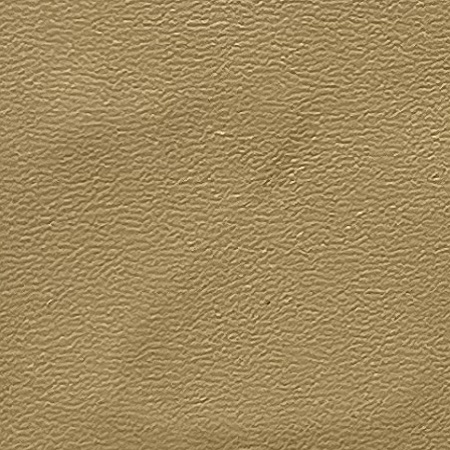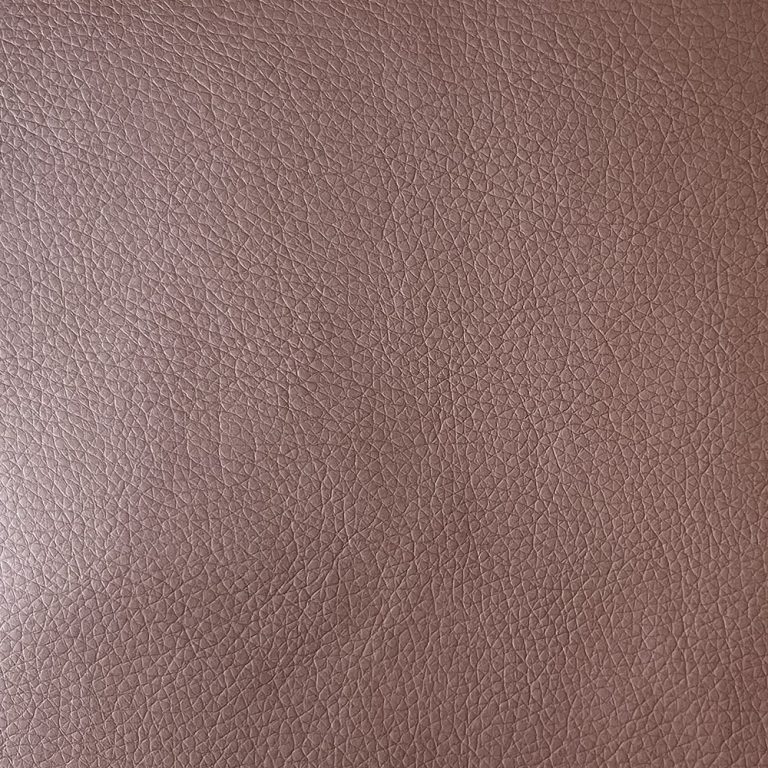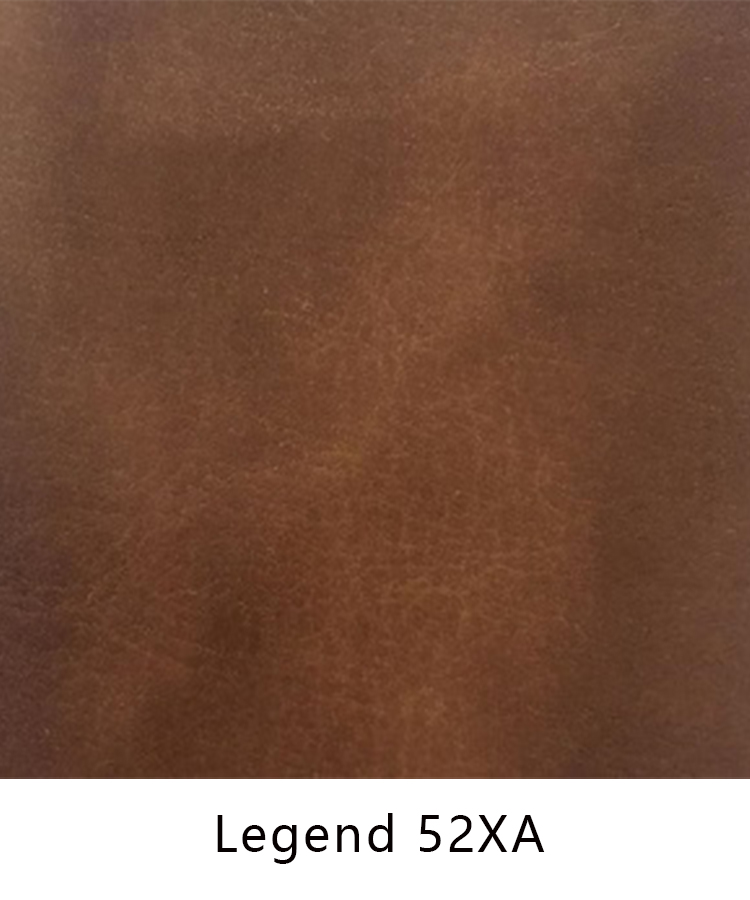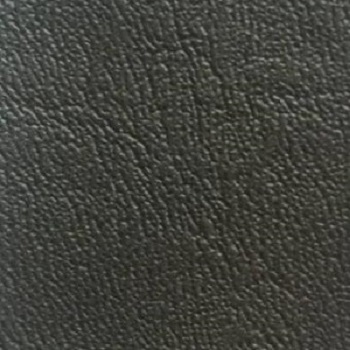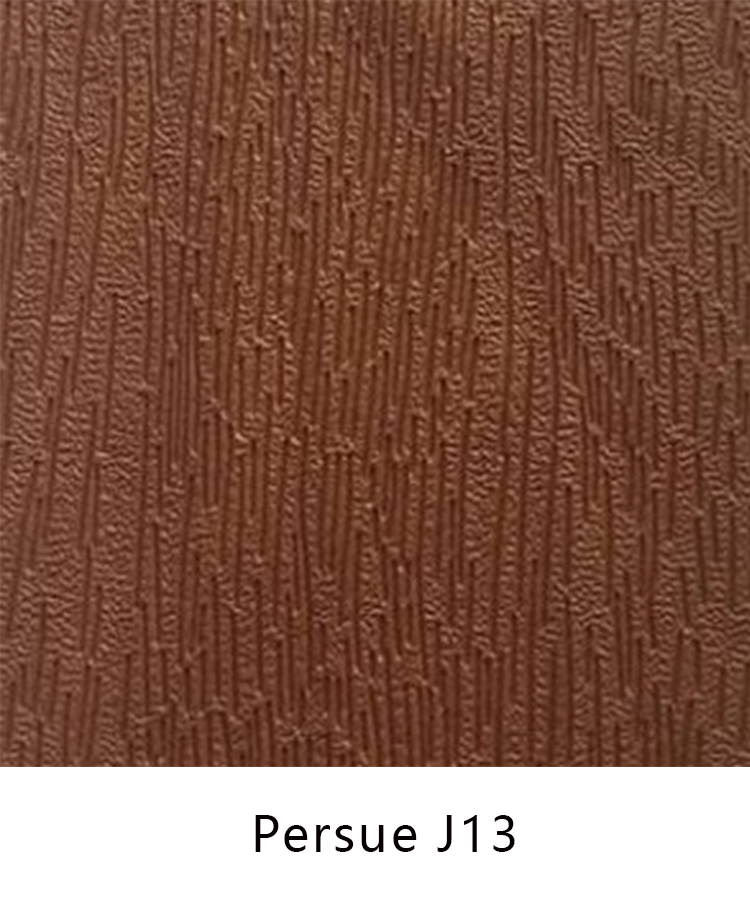Table of Contents
فوائد مادة بطانة الأحذية المصنوعة من الألياف الدقيقة
فرز
| اسم السلعة | س |
| بطانة داخلية للحذاء | كيفية العناية بمواد بطانة الأحذية المصنوعة من الألياف الدقيقة |
تعد مادة بطانة الأحذية المصنوعة من الألياف الدقيقة خيارًا شائعًا للأحذية نظرًا لمتانتها ونعومتها وخصائصها الماصة للرطوبة. تُستخدم هذه المادة الاصطناعية بشكل شائع في الأحذية الرياضية والأحذية الرياضية غير الرسمية وحتى الأحذية الرسمية. في حين أن الألياف الدقيقة معروفة بمرونتها، فإنها لا تزال تتطلب رعاية مناسبة للحفاظ على جودتها وإطالة عمرها.
للعناية بمواد بطانة الأحذية المصنوعة من الألياف الدقيقة، من المهم تنظيف المادة وحمايتها بانتظام من الأوساخ والبقع والرطوبة. إحدى أبسط الطرق لتنظيف بطانة الأحذية المصنوعة من الألياف الدقيقة هي استخدام فرشاة أو قطعة قماش ذات شعيرات ناعمة لإزالة أي أوساخ أو حطام سطحي بلطف. بالنسبة للبقع الصعبة، يمكن استخدام صابون خفيف أو منظف مخلوط بالماء لتنظيف المناطق المصابة. من المهم تجنب استخدام المواد الكيميائية القاسية أو المنظفات الكاشطة، لأنها يمكن أن تلحق الضرر بألياف المادة الحساسة.
بالإضافة إلى التنظيف، من المهم أيضًا حماية مادة بطانة الأحذية المصنوعة من الألياف الدقيقة من الرطوبة. يمكن أن تتسبب الرطوبة الزائدة في أن تصبح المادة متعفنة أو متعفنة، مما يؤدي إلى روائح كريهة وأضرار محتملة. ولمنع ذلك، يوصى بترك حذائك يجف في الهواء بعد ارتدائه، خاصة إذا أصبح مبللاً بسبب المطر أو العرق. وضع شجر الأحذية أو الورق المجعد داخل الحذاء يمكن أن يساعد في امتصاص الرطوبة الزائدة والحفاظ على شكله.
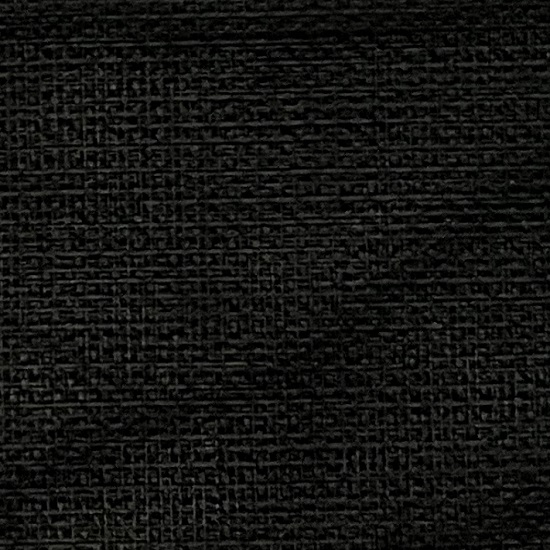
مقارنة مادة بطانة الأحذية المصنوعة من الألياف الدقيقة مع مواد أخرى
أصبحت مادة بطانة الأحذية المصنوعة من الألياف الدقيقة ذات شعبية متزايدة في صناعة الأحذية نظرًا لفوائدها ومزاياها العديدة مقارنة بمواد البطانة التقليدية الأخرى. في هذه المقالة، سنقوم بمقارنة مادة بطانة الأحذية المصنوعة من الألياف الدقيقة مع المواد الأخرى الشائعة الاستخدام في صناعة الأحذية.
إحدى المزايا الرئيسية لمادة بطانة الأحذية المصنوعة من الألياف الدقيقة هي متانتها. على عكس المواد الطبيعية مثل الجلد أو الجلد المدبوغ، فإن الألياف الدقيقة هي مادة صناعية مصممة لتحمل التآكل والتمزق. وهذا يجعله خيارًا مثاليًا لتبطين الأحذية التي تتعرض للاستخدام الثقيل أو الظروف القاسية. بالمقارنة، قد تبلى المواد الطبيعية بسرعة أكبر وتتطلب استبدالًا أكثر تكرارًا.
ميزة أخرى لمادة بطانة الأحذية المصنوعة من الألياف الدقيقة هي قابليتها للتهوية. الألياف الدقيقة هي مادة خفيفة الوزن تسمح بمرور الهواء، مما يحافظ على برودة القدمين وراحتهما. يمكن أن يساعد ذلك في منع تراكم الرطوبة وتقليل خطر رائحة القدم. في المقابل، قد لا تسمح المواد مثل المطاط أو البلاستيك بالتهوية المناسبة، مما يؤدي إلى عدم الراحة ومشاكل صحية محتملة للقدم.
من حيث الراحة، تتفوق مادة بطانة الأحذية المصنوعة من الألياف الدقيقة أيضًا. يوفر الملمس الناعم والسلس للألياف الدقيقة ملاءمة مريحة ويقلل من خطر الاحتكاك أو البثور. يمكن أن يكون هذا مفيدًا بشكل خاص للأفراد الذين يعانون من حساسية الجلد أو القدم. من ناحية أخرى، قد تكون المواد مثل القماش أو النايلون أكثر خشونة وأقل راحة عند ارتدائها لفترات طويلة.
ومن المعروف أيضًا أن مادة بطانة الأحذية المصنوعة من الألياف الدقيقة معروفة بسهولة صيانتها. على عكس المواد الطبيعية التي قد تتطلب منتجات أو علاجات تنظيف خاصة، يمكن غالبًا تنظيف الألياف الدقيقة بقطعة قماش مبللة. وهذا يجعله خيارًا مناسبًا للأفراد المشغولين الذين يرغبون في الحفاظ على مظهر أحذيتهم جديدًا وجديدًا. بالمقارنة، قد تكون مواد مثل الجلد المدبوغ أو المخمل أكثر صعوبة في التنظيف والصيانة.
من الناحية الجمالية، توفر مادة بطانة الأحذية المصنوعة من الألياف الدقيقة مجموعة واسعة من الألوان والتشطيبات للاختيار من بينها. يتيح ذلك مرونة أكبر في التصميم وخيارات التخصيص لمصنعي الأحذية. في المقابل، قد يكون للمواد الطبيعية قيود من حيث اللون والملمس، مما يجعل من الصعب تحقيق المظهر أو النمط المرغوب فيه.
بشكل عام، تبرز مادة بطانة الأحذية المصنوعة من الألياف الدقيقة كخيار متعدد الاستخدامات وعملي لبطانة الحذاء. إن متانتها وتهويتها وراحتها وسهولة صيانتها وجاذبيتها الجمالية تجعلها من أفضل المنافسين في صناعة الأحذية. في حين أن المواد الأخرى قد تتمتع بصفاتها الفريدة، فإن الألياف الدقيقة توفر مزيجًا جيدًا من الفوائد التي تجعلها خيارًا شائعًا بين المستهلكين والمصنعين على حدٍ سواء. ونقاط القوة. من المتانة والتهوية إلى الراحة وسهولة الصيانة، تبرز الألياف الدقيقة كخيار ممتاز لبطانة الأحذية. مع استمرار نمو الطلب على الأحذية عالية الجودة، من المرجح أن تظل الألياف الدقيقة هي المنافس الأول في هذه الصناعة لسنوات قادمة.
Microfiber shoe lining material is a popular choice for footwear due to its durability, softness, and moisture-wicking properties. This synthetic material is commonly used in athletic shoes, casual sneakers, and even dress shoes. While microfiber is known for its resilience, it still requires proper care to maintain its quality and prolong its lifespan.
To care for microfiber shoe lining material, it is important to regularly clean and protect the material from dirt, stains, and moisture. One of the simplest ways to clean microfiber shoe lining is to use a soft-bristled brush or cloth to gently remove any surface dirt or debris. For tougher stains, a mild soap or detergent mixed with water can be used to spot clean the affected areas. It is important to avoid using harsh chemicals or abrasive cleaners, as they can damage the delicate fibers of the material.
In addition to cleaning, it is also important to protect microfiber shoe lining material from moisture. Excessive moisture can cause the material to become moldy or mildewy, leading to unpleasant odors and potential damage. To prevent this, it is recommended to allow your shoes to air dry after wearing them, especially if they have become wet from rain or sweat. Placing shoe trees or crumpled paper inside the shoes can help absorb excess moisture and maintain their shape.

Another important aspect of caring for microfiber shoe lining material is to store your shoes properly when not in use. Storing shoes in a cool, dry place away from direct sunlight can help prevent the material from fading or deteriorating. It is also a good idea to keep your shoes in a breathable shoe bag or box to protect them from dust and dirt.
In addition to regular cleaning and protection, it is also recommended to condition microfiber shoe lining material to keep it soft and supple. There are specially formulated conditioners available for microfiber materials that can help restore moisture and maintain the material’s flexibility. Applying a small amount of conditioner to a clean cloth and gently rubbing it into the material can help keep your shoes looking and feeling like new.
Overall, caring for microfiber shoe lining material is a simple process that can help extend the life of your footwear. By regularly cleaning, protecting, and conditioning your shoes, you can ensure that they remain in top condition for years to come. Remember to always follow the manufacturer’s care instructions for your specific shoes, as different types of microfiber materials may require slightly different care techniques. With proper care, your microfiber shoes will continue to look and feel great, allowing you to enjoy them for many seasons to come.
Comparison of Microfiber Shoe Lining Material with Other Materials
Microfiber shoe lining material has become increasingly popular in the footwear industry due to its many benefits and advantages over other traditional lining materials. In this article, we will compare microfiber shoe lining material with other materials commonly used in shoe manufacturing.
One of the key advantages of microfiber shoe lining material is its durability. Unlike natural materials such as leather or suede, microfiber is a synthetic material that is designed to withstand wear and tear. This makes it an ideal choice for lining shoes that are subjected to heavy use or harsh conditions. In comparison, natural materials may wear out more quickly and require more frequent replacement.
Another advantage of microfiber shoe lining material is its breathability. Microfiber is a lightweight material that allows air to circulate, keeping the feet cool and comfortable. This can help prevent moisture buildup and reduce the risk of foot odor. In contrast, materials such as rubber or plastic may not allow for proper ventilation, leading to discomfort and potential foot health issues.
In terms of comfort, microfiber shoe lining material also excels. The soft and smooth texture of microfiber provides a comfortable fit and reduces the risk of chafing or blisters. This can be especially beneficial for individuals with sensitive skin or foot conditions. On the other hand, materials like canvas or nylon may be rougher and less comfortable to wear for extended periods.
Microfiber shoe lining material is also known for its easy maintenance. Unlike natural materials that may require special cleaning products or treatments, microfiber can often be wiped clean with a damp cloth. This makes it a convenient choice for busy individuals who want to keep their shoes looking fresh and new. In comparison, materials like suede or velvet may be more difficult to clean and maintain.
In terms of aesthetics, microfiber shoe lining material offers a wide range of colors and finishes to choose from. This allows for greater design flexibility and customization options for shoe manufacturers. In contrast, natural materials may have limitations in terms of color and texture, making it harder to achieve a desired look or style.
Overall, microfiber shoe lining material stands out as a versatile and practical choice for shoe lining. Its durability, breathability, comfort, easy maintenance, and aesthetic appeal make it a top contender in the footwear industry. While other materials may have their own unique qualities, microfiber offers a well-rounded combination of benefits that make it a popular choice among consumers and manufacturers alike.
In conclusion, the comparison of microfiber shoe lining material with other materials highlights its many advantages and strengths. From durability and breathability to comfort and easy maintenance, microfiber stands out as a superior choice for shoe lining. As the demand for high-quality footwear continues to grow, microfiber is likely to remain a top contender in the industry for years to come.

